Showing all 12 results
-

Years 7-10 Online Course Bundle – Individual Subscription
$93.75Original price was: $93.75.$45.00Current price is: $45.00. View ProductAdd to cart -

Years 7-10 Online Course Bundle – Class Subscription
$56.25Original price was: $56.25.$20.00Current price is: $20.00. View ProductAdd to cart -

Year 7 Science Online Courses – Individual Subscription
$25.00 View ProductAdd to cart -

Year 7 Science Online Courses – Class Subscription
$15.00 View ProductAdd to cart -
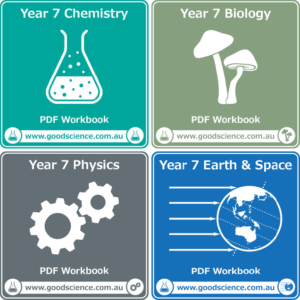
Year 7 Science Workbook Bundle (PDF)
$356.00Original price was: $356.00.$299.00Current price is: $299.00. View ProductAdd to cart -
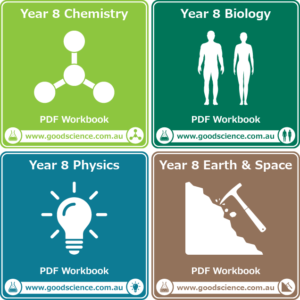
Year 8 Science Workbook Bundle (PDF)
$322.00Original price was: $322.00.$269.00Current price is: $269.00. View ProductAdd to cart -
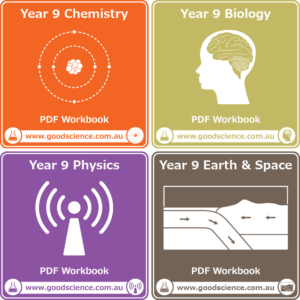
Year 9 Science Workbook Bundle (PDF)
$322.00Original price was: $322.00.$269.00Current price is: $269.00. View ProductAdd to cart -
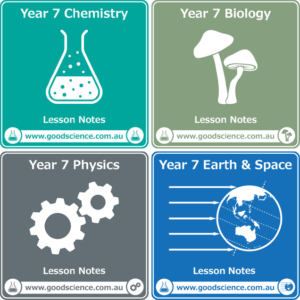
Year 7 Science Lesson Notes Bundle
$236.00Original price was: $236.00.$199.00Current price is: $199.00. View ProductAdd to cart -
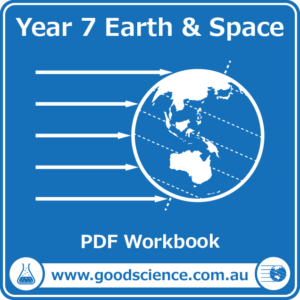
Year 7 Earth and Space Workbook (PDF)
$89.00 View ProductAdd to cart -
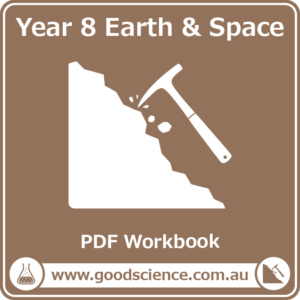
Year 8 Earth & Space Workbook (PDF)
$55.00 View ProductAdd to cart -
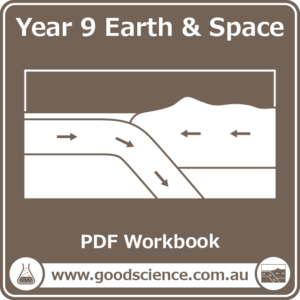
Year 9 Earth & Space Workbook (PDF)
$55.00 View ProductAdd to cart -

Year 7 Earth and Space Lesson Notes
$59.00 View ProductAdd to cart